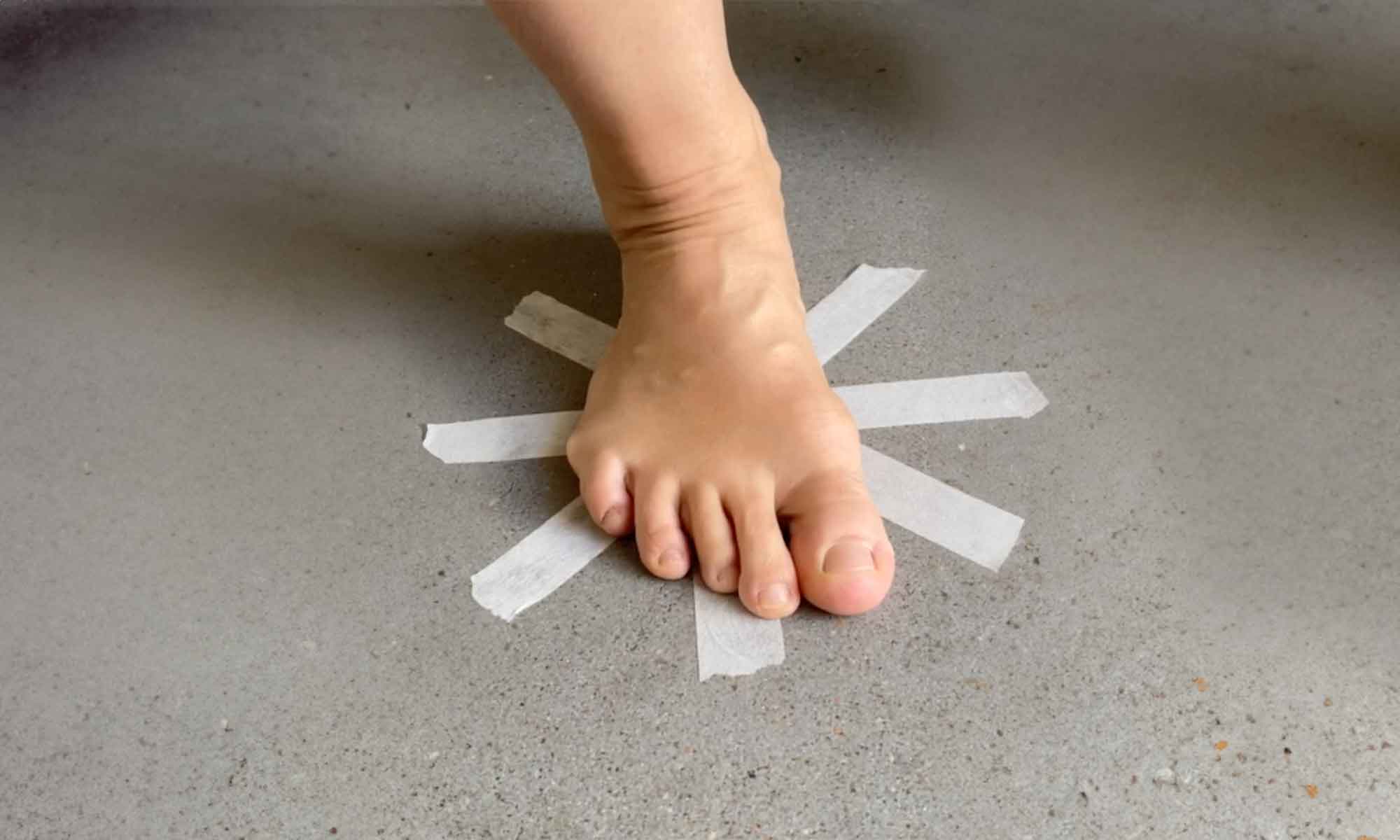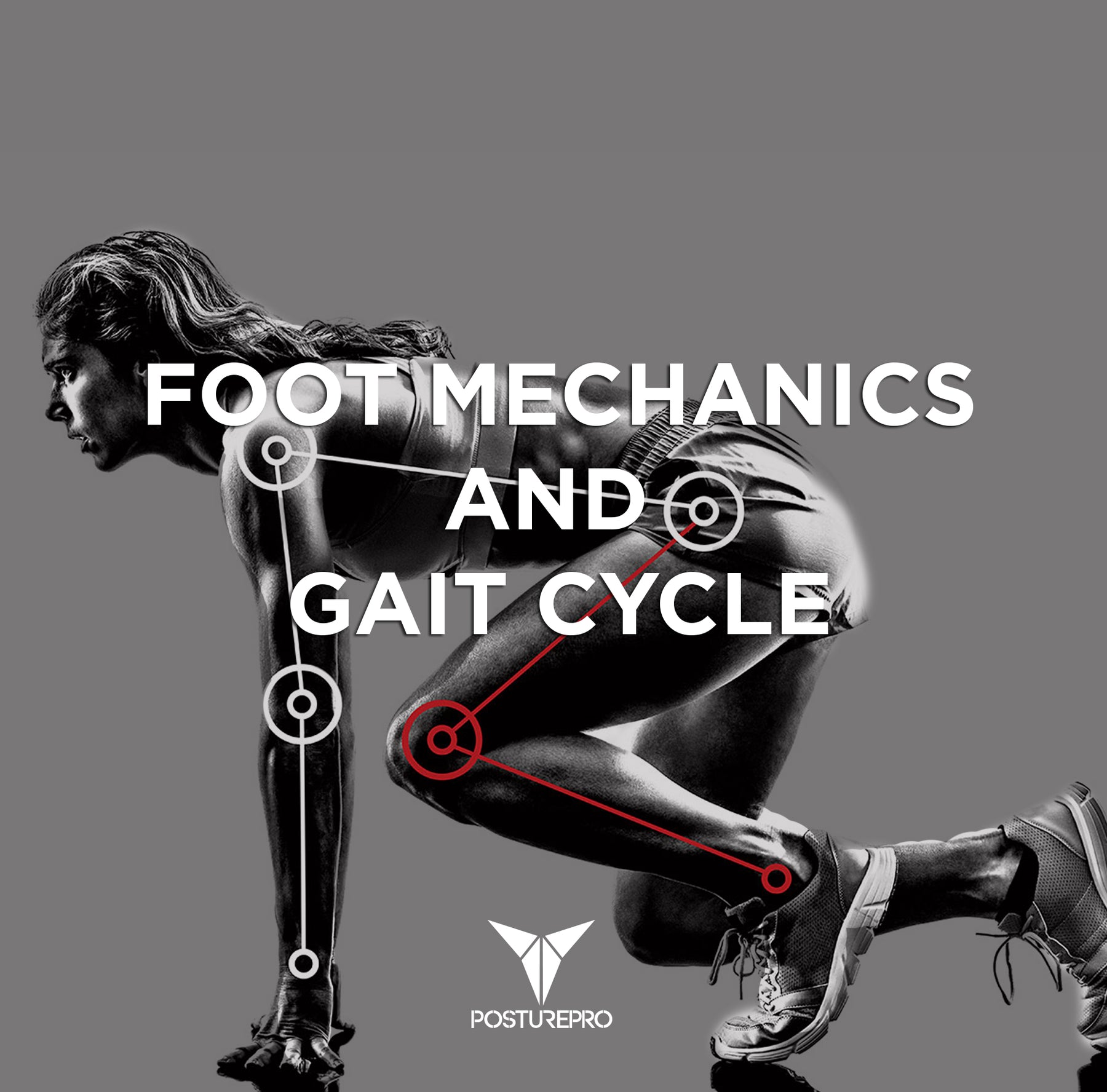12-Foot Proprioception Exercises for Better Posture: Elevate Your Performance!

Ever felt a little off-balance? Perhaps you’ve tripped over your own feet or found it difficult to stand on one leg? Well, you’re not alone! Many of us struggle with our sense of balance, which can lead to potential injuries. Thankfully, 12-Foot Proprioception Exercises: Balance Boost techniques are here to save the day. Dive into this comprehensive guide to understand how these exercises can significantly enhance your proprioceptive abilities and lead to a healthier, well-balanced life.
Understanding Proprioception
Proprioception, often termed the “sixth sense”, involves the perception of body position and movement. It’s a crucial factor in maintaining balance and preventing injuries. The 12-Foot Proprioception Exercises offer a unique and effective way to boost your balance and overall proprioceptive skills.
The Science Behind Balance and Proprioception
Our muscles, tendons, and joints are packed with proprioceptors – tiny sensory receptors that relay information about our body’s position in space. When these receptors are fine-tuned and well-trained, they aid in maintaining a stellar balance, even in the trickiest situations.
The Importance of Proprioceptive Training
Boosting your proprioception isn’t just about avoiding embarrassing trips and falls. It’s also vital for athletes, the elderly, and anyone looking to improve their physical performance or recover from injuries.

Benefits of Proprioception for Posture
1. Improved Muscle Coordination and Function
By enhancing proprioceptive abilities, individuals can achieve better coordination of the muscles surrounding the knee. This can reduce strain on the knee joint and, subsequently, alleviate pain.
2. Injury Prevention
Knee injuries often occur when the joint is moved outside its normal range or is subjected to sudden stresses. Enhanced proprioception allows for quicker and more accurate responses to potential injury-causing situations, reducing the chances of trauma.
3. Better Joint Position Awareness
With improved proprioception, one becomes more aware of the joint’s positioning. This awareness can lead to more controlled movements and reduced wear and tear on the knee joint, potentially reducing pain.
4. Enhanced Rehabilitation Post-Injury
For those recovering from knee injuries, proprioceptive exercises can speed up recovery. These exercises help in retraining the joint, ensuring it moves correctly and reducing chances of re-injury.
5. Reduction in Instability
A significant cause of pain is instability of the joints. Proprioceptive training can help in stabilizing the body, leading to a more balanced gait and reduced pain.
12-Foot Proprioception Exercises for Better Posture
#1: Single Leg Balance: Eyes Open and Eyes Closed
This exercise requires a partner to throw a ball at you, or you can perform it independently by throwing the ball against a wall.
- Stand on one leg, maintaining a slight bend in your knee.
Sustain this stance. - While holding the position, have someone toss a ball in your direction that you must catch without compromising your balance.
- Transition to the other leg and replicate the process on the opposite side.
#2: Single Leg Balance With Ball
This exercise necessitates either a partner to throw a ball to you or the option of tossing it against a wall.
- Stand on one leg while maintaining a gentle bend in your knee.
Maintain this stance. - While upholding the position, have someone throw a ball toward you that you must catch without compromising your balance.
- Shift to the opposite leg and replicate the process on the other side.
#3: Single Leg Balance on a Bubble
Repeat the directions for the single-leg balance exercise, but this time, perform it on a balance bubble or any other unsteady surface. To further enhance the challenge, attempt the exercise with your eyes closed once it becomes manageable, or introduce an element of surprise by having someone throw a ball at you.
#4: Balance Board Stability Stand
- Using a balance board, your goal is to maintain your equilibrium by preventing the edges of the board from making contact with the ground. This entails continual adjustments to your position, effectively pushing your stability to its limits.
#5: Single Leg Hops
- Stand tall on your right leg, with your knee slightly bent.
- Hop up and down on your right leg, trying to always land in the same spot. Try not to look down!
- Continue hopping on one leg for 30 seconds.
- Switch legs.
You can also do three sets of this exercise on each leg.
As for other variations, try hopping from back to front, side to side, or in a cross or star pattern. The idea is to improve your control over where you place your foot with each hop.
#6: Bosu Ball Squats
- Place the Bosu Ball on the floor, flat side facing up.
- Step onto the ball with your feet slightly wider than hip-width apart.
- Tighten your core, keep your chest up, and look ahead.
- Bend at the knees and hips as you sit back until your thighs are parallel to the floor.
- Using your glutes, push yourself back up into your initial standing position.
- Start by repeating for 3 sets of 8 reps, and work your way up to 10-12 reps.
You’ll be wobbly for sure, but that’s the fun of it!
#7: Single Leg Deadlift
- Stand in an upright position, engaging your core, and place your weight on your left leg. Maintain a slight bend in the left knee.
- Pivot at your waist, lowering your torso until it becomes parallel to the floor. Simultaneously, let your right arm extend downward to touch the floor.
- While doing this, extend your right leg straight back, aligning your body from head to toe.
- Execute a single dynamic motion to return to your initial stance.
- Begin by completing this routine for 3 sets of 8 repetitions, gradually progressing to 10-12 repetitions.
- Subsequently, switch to the opposite side and perform the exercise.
Please note: For added challenge, you can hold weights in each hand, such as dumbbells or kettlebells. However, this modification will enhance the strength training aspect of the exercise, potentially making it more demanding to maintain equilibrium without the use of weights.
#8: Side Switch Jumps
To engage in this proprioception exercise tailored for runners, you’ll require a box, step, or bench for jumping.
- Position the box on your right side.
Stand adjacent to the box with it on your right, but maintain your gaze forward. - Leap off using both feet, pivot to your right mid-air, and upon landing, touch down onto the box with both feet.
- Upon securely planting your feet on the box, extend your knees.
- Step down methodically, one foot at a time, and return to your initial stance.
- Embark by completing this routine for 3 sets of 8 repetitions, gradually progressing to 10-12 repetitions.
- Subsequently, alternate sides and perform the exercise.
Please note: To intensify the challenge, you can take off with both feet but land on just one.
#9 Single Leg Box Jumps
- Position the box in front of you and orient yourself to face it.
- Stand with your feet hip-width apart.
- Take a leap using both feet, but upon landing on the box, make contact with just one foot.
- Straighten the knee of the foot on the box, while leaving the other leg suspended in the air.
- Carefully step down, one foot at a time, and return to your initial stance.
- Commence by performing this sequence for 3 sets of 8 repetitions, gradually progressing to 10-12 repetitions.
- Subsequently, switch sides and repeat the exercise.
#10: In Front Ladder Drill
In this ladder drill, initiate by placing your right foot into the initial box, followed by your left foot, ensuring both feet are within the same box. Maintain the lead with your right foot as you progress to the ladder’s end. Allow your arms to move in a natural synchrony with your movements.
In the subsequent round, commence by leading with your left foot.
Persist in practicing until you can execute the drill with impeccable precision at a rapid pace.
#11: Side Ladder Drill
This closely resembles the previous one, with the distinction being that you move sideways instead of forwards. Commence the exercise with the ladder positioned to your right. Place your right foot in the initial box followed by your left foot, ensuring both feet are within the same box.
Continue by initiating the movement with your right foot until you reach the ladder’s conclusion.
In the subsequent round, orient yourself in the opposite direction and initiate the movement with your left foot.
#11: Shuffle Ladder Drill
Begin on the ladder’s left side while facing forward. Place your right foot inside the initial box, followed by your left foot. Subsequently, step outside the box using your right foot while raising your left foot off the ground.
Next, enter the second box with your left foot, then your right, and once more step your left foot to the side of the second box. Elevate your right foot.
Continue this sequence until you reach the ladder’s end.
And there you have it! These 12 proprioception exercises are designed for runners to enhance balance, coordination, and overall athletic performance.
Check out our foot mechanics and gait cycle if you haven’t already foot strength training into your weekly program.
Why are proprioception exercises important?
Proprioception exercises help improve the body’s ability to perceive its position in space, which is essential for maintaining balance, avoiding injuries, and enhancing athletic performance.
How often should I practice 12-Foot Proprioception Exercises?
For best results, aim to incorporate proprioception exercises into your routine 2-3 times a week.
How soon can I expect to see improvements in my balance?
With consistent training, most individuals begin to notice improvements within a few weeks.
Can these exercises help post-injury?
Yes, but always consult with a medical professional or physiotherapist before starting any exercise post-injury.
Can the elderly benefit from these exercises?
Absolutely! As we age, our proprioceptive abilities can decline. These exercises can help restore balance and prevent falls.

A simple guide on how the foot and gait impact posture and pelvic movement. Learn strategies to fix ankle mobility for better well-being and superior performance.
